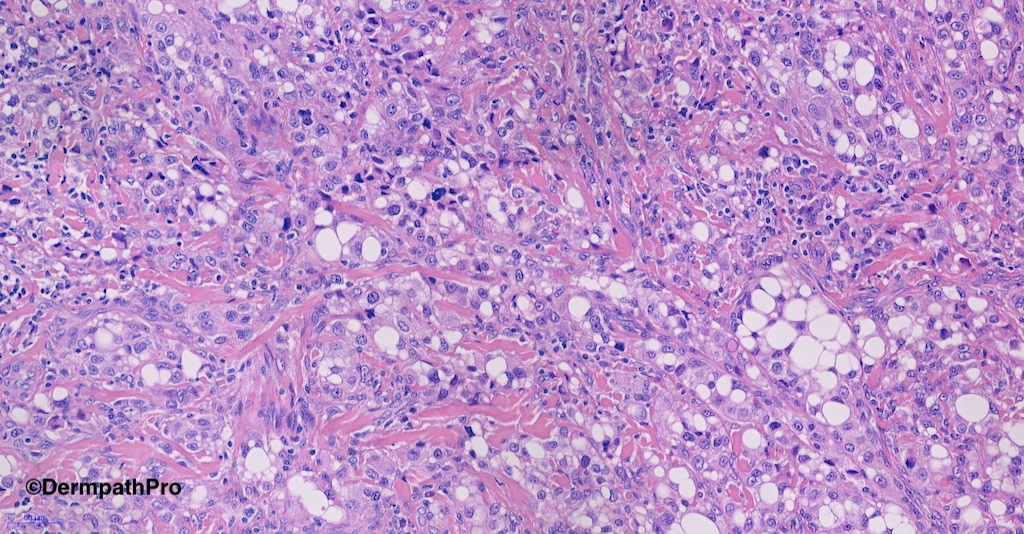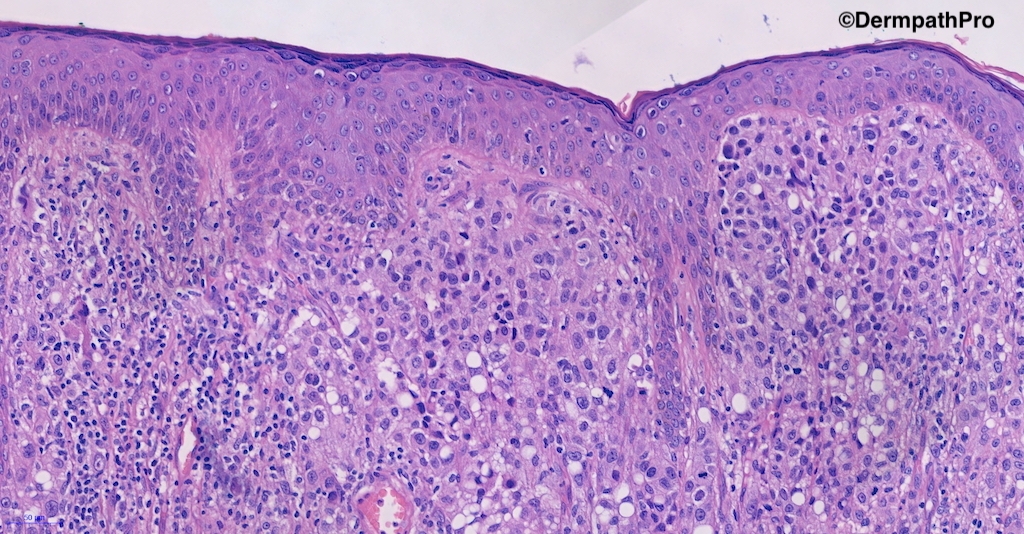-
 1
1
Case Number : Case 2430- 24 October 2019 Posted By: Saleem Taibjee
Please read the clinical history and view the images by clicking on them before you proffer your diagnosis.
Submitted Date :
76M, nodule on posterior neck.








Join the conversation
You can post now and register later. If you have an account, sign in now to post with your account.